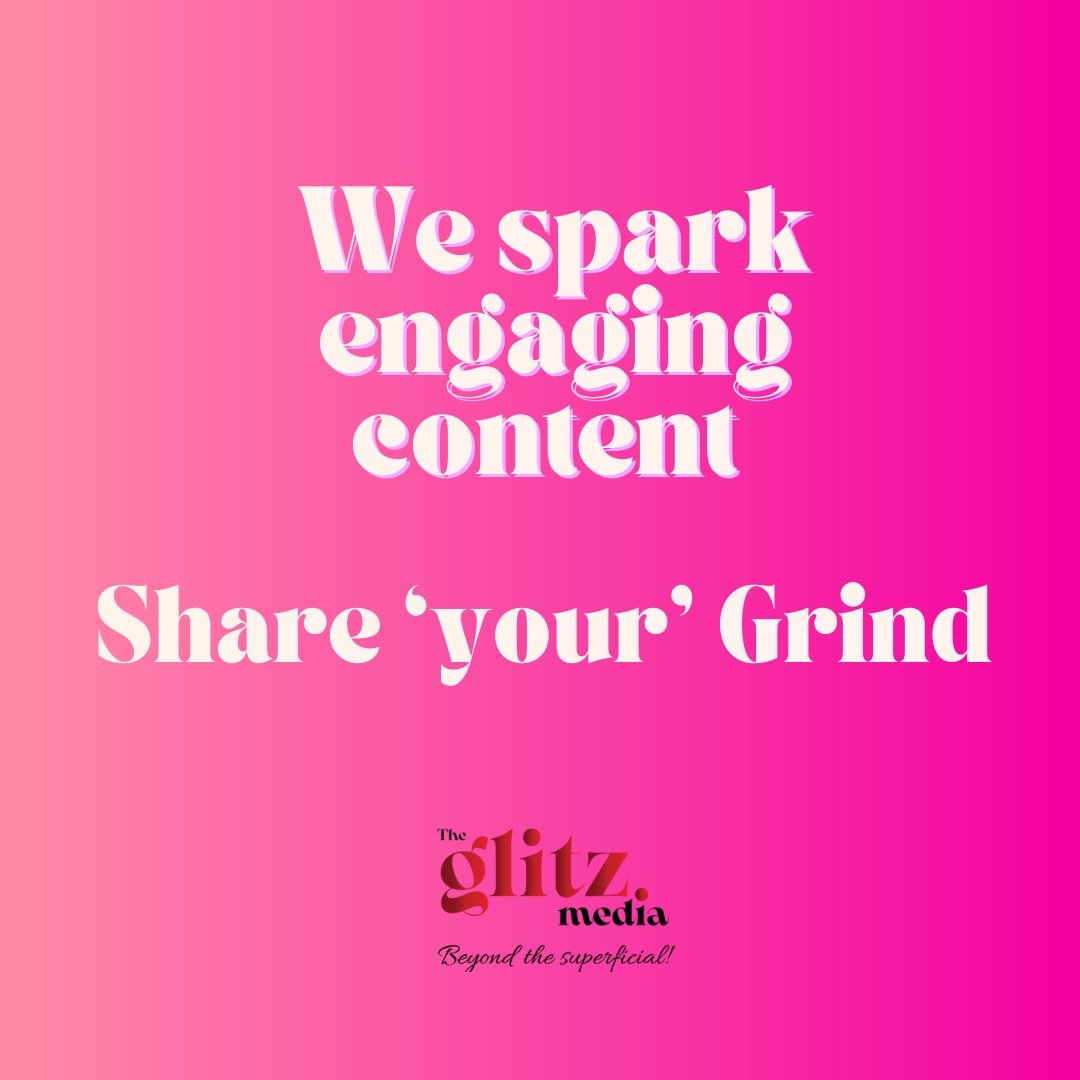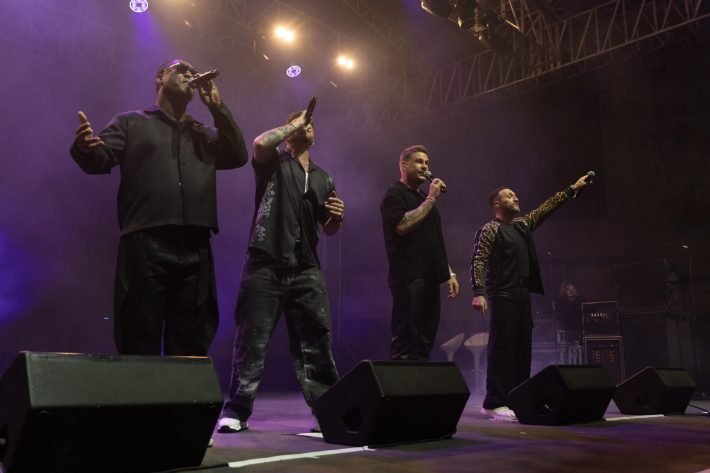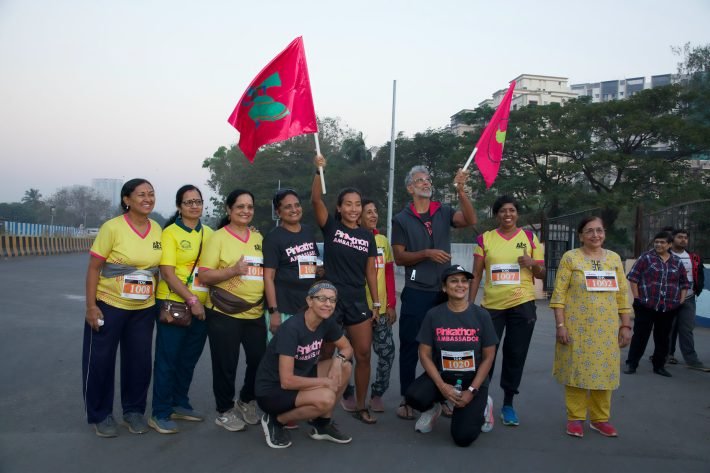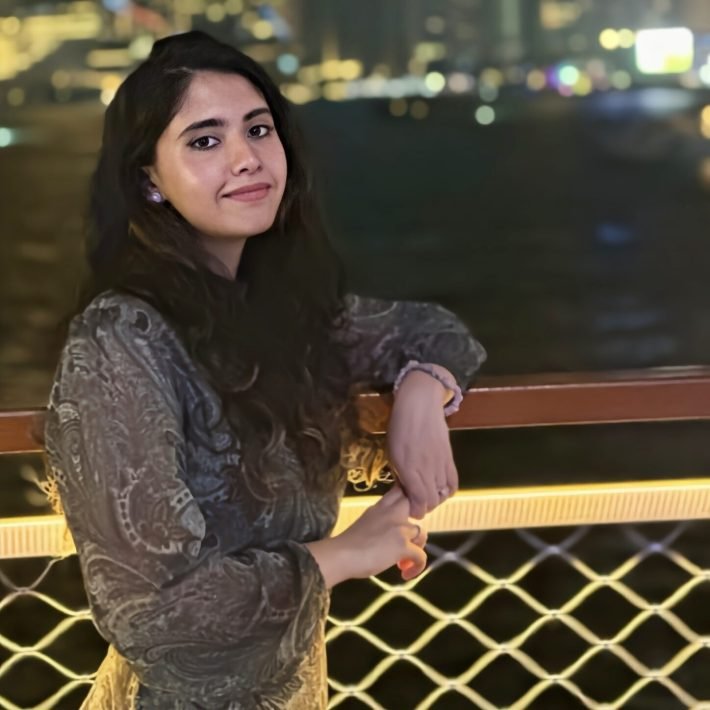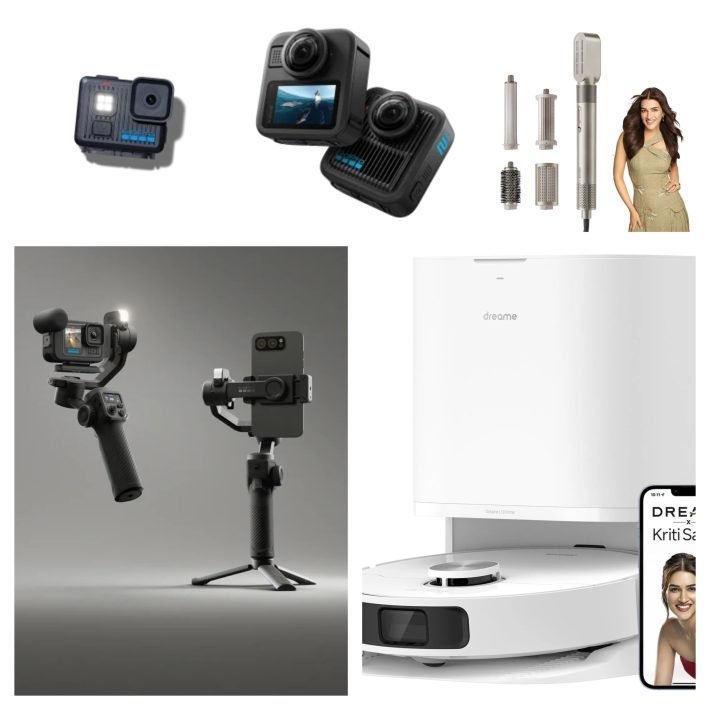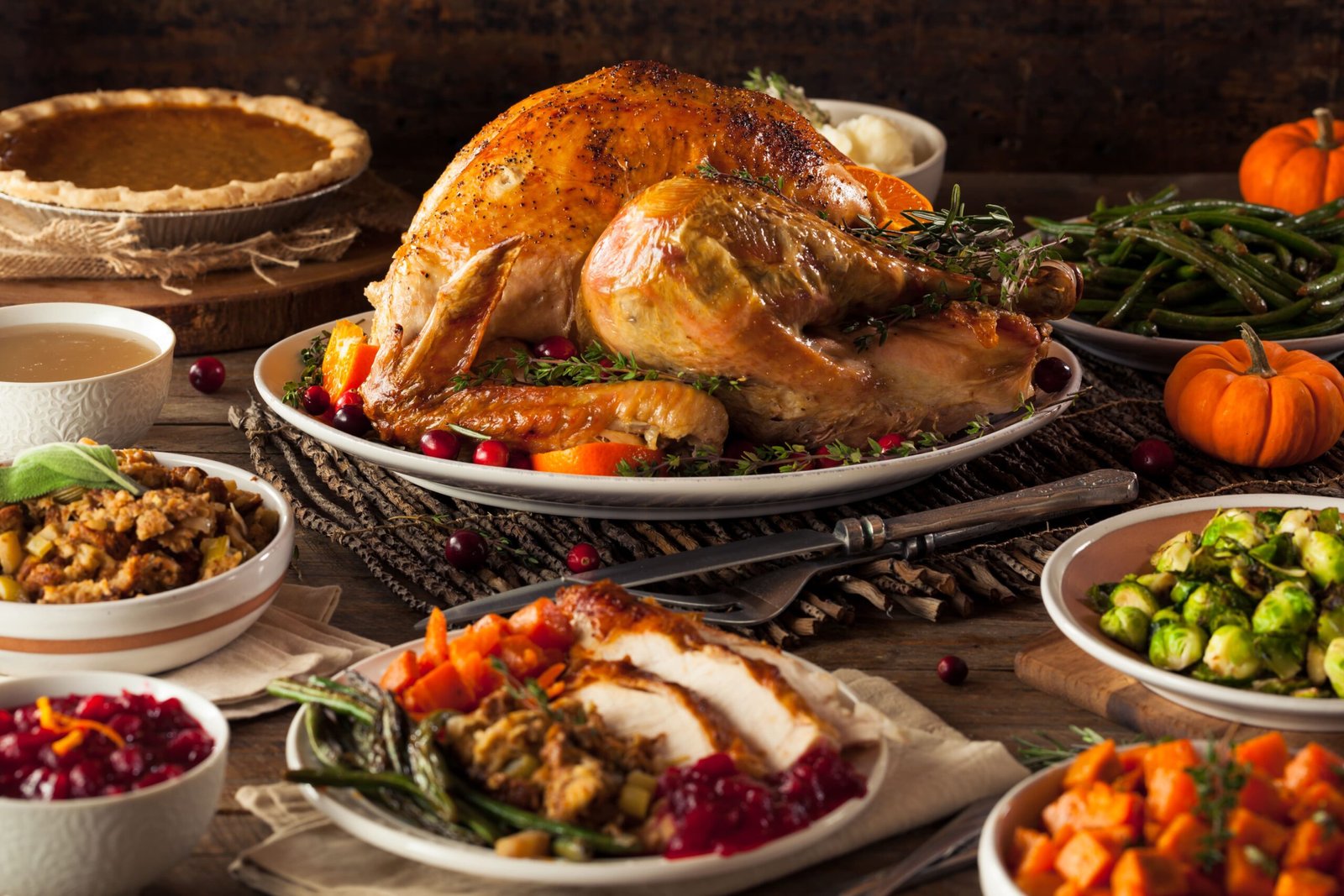Rajeev Mokashi sat down with water sommelier Ganesh Iyer for a delightful water tasting experience as well as an exclusive tete-a-tete on Veen, the Finnish premium water brand celebrating its tenth anniversary, and all things water.
Finnish Lapland is Veen’s place of origin and the home of its first spring source. The brand discovered its second home in 2014, the source of its natural mineral water spring in the Himalayan Kingdom of Bhutan.
Veen’s water sources are among the cleanest on the planet, making it one of the purest (nitrate-free) natural mineral waters accessible. Veen is available in two variants: Still Natural Mineral Water and Classic Natural Sparkling Water. The product quality and packaging of the water is available in extra flint crystal clear glass (which makes them 100% recyclable).
Veen got the Gold Award for Design at the Fine Waters Tasting Competition in 2021 and was the exclusive water at Starbucks India. It has also been categorised as house water at Harrods London as well as in-house water for the IPL Team Mumbai Indians.
Over to Ganesh…
“There is no small pleasure in pure water.”
Ovid
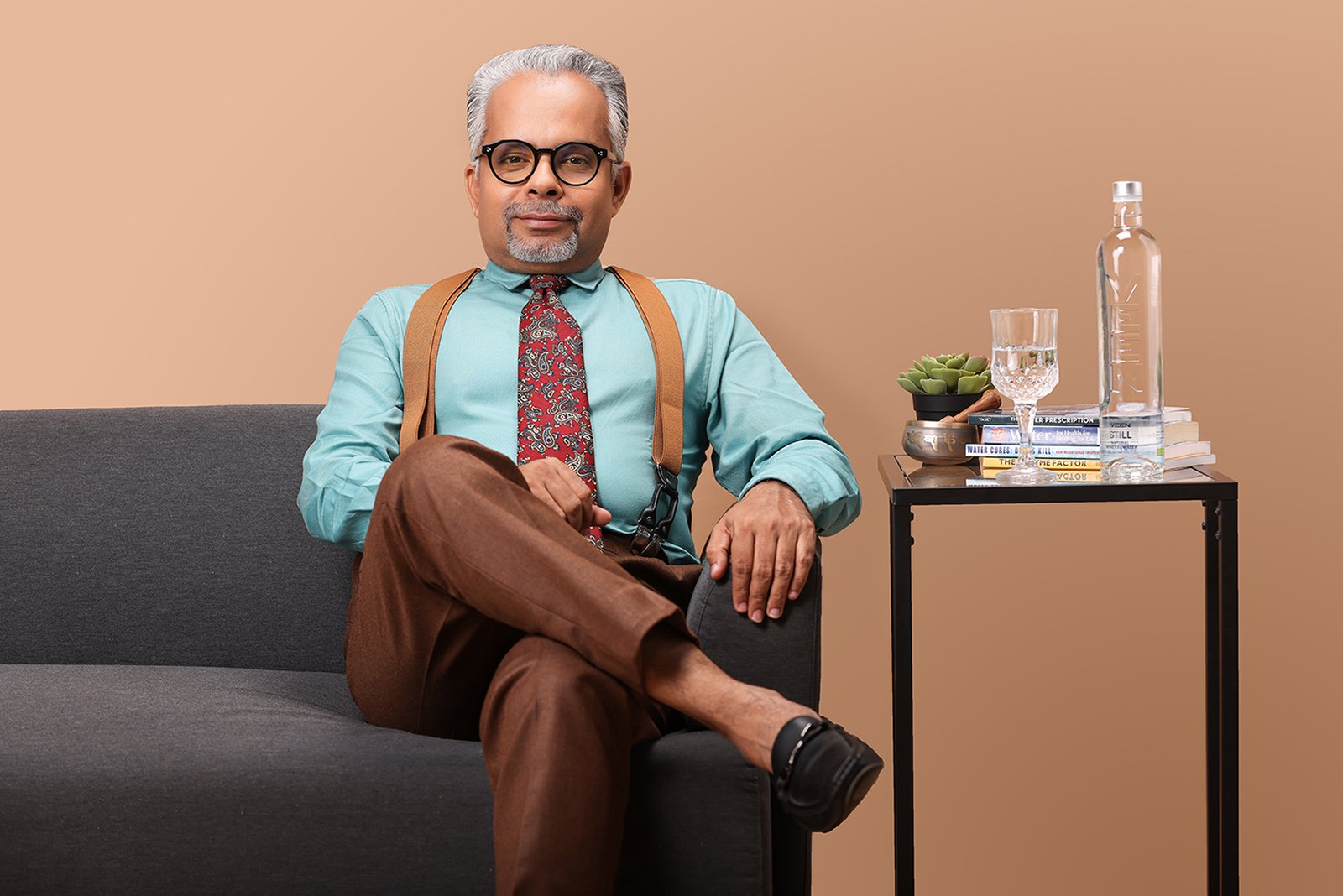
Edited excerpts:
TheGlitz: For most of our Glitz readers not familiar, why and when did you want to become a water sommelier?
Ganesh Iyer: I think it would be worthwhile to know the nascent profession of a water sommelier before we get into the why of it.
Wine sommeliers have been around for a while, but with the emergence of the fine water category and the growth of the fine water industry, it became necessary to have qualified individuals who can educate, train, and speak about the category, especially in the culinary environment.
A water sommelier is someone who is able to detect, recognise, and differentiate different types of natural waters based on their natural characteristics, such as minerality, carbonation, vintage, hardness, orientation, virginality, and various other elements. They can propose how to mix different waters with different cuisines, wines, and spirits in the culinary setting based on their knowledge.
Ganesh Iyer
After having spent close to 2 decades plus learning alcobev and non-alcobev categories and having had the distinction of being part of teams that launched six different brands of natural mineral waters and sparkling waters in India in the 1990s, with VEEN being the 7th water brand, I felt that it was an opportune time to validate these learnings and get a technical and thorough understanding of the scope of water and its multiple applications. That’s when I got myself enrolled in a 16-day residential programme at DOEMANS Academy Munich.
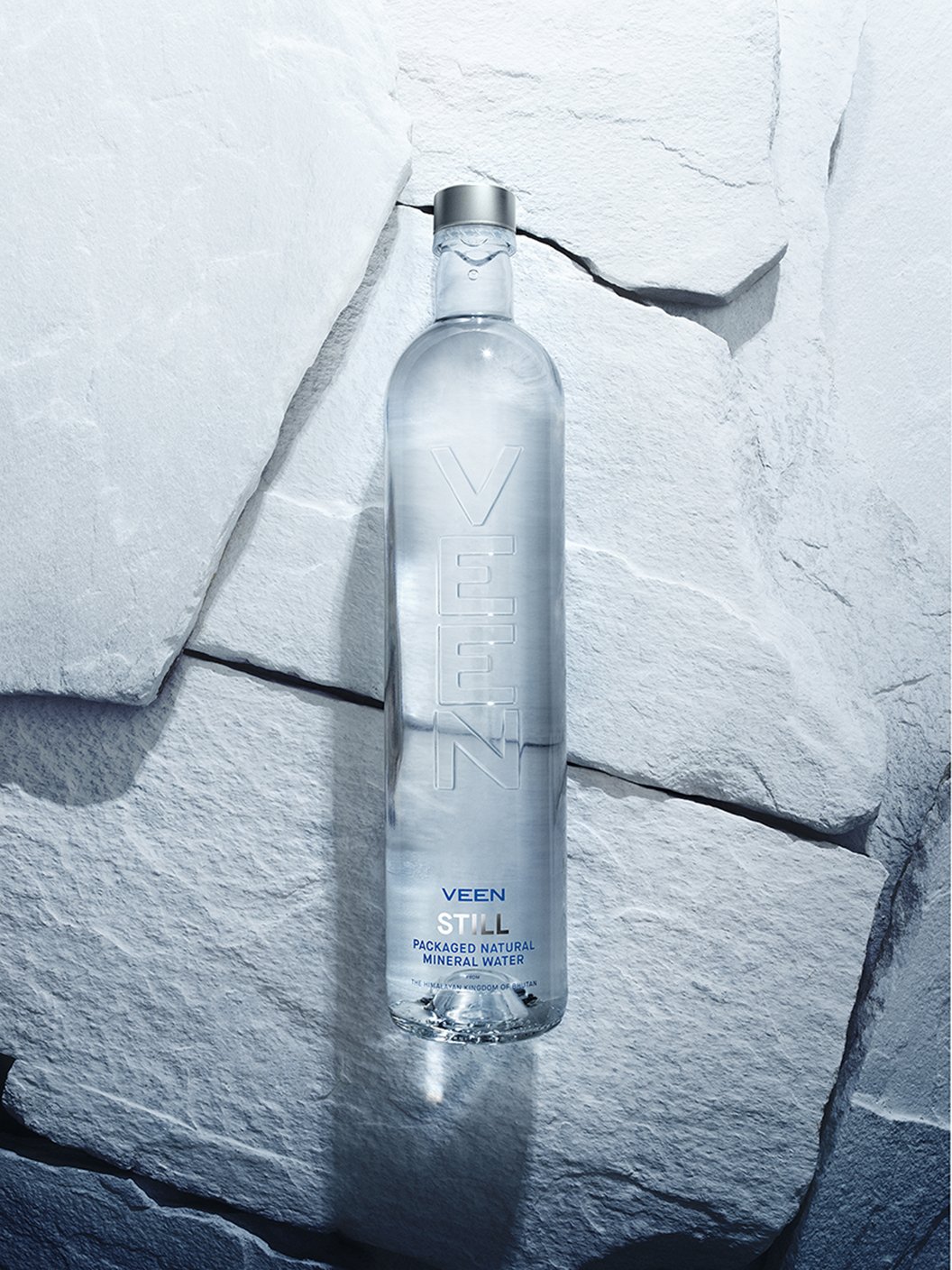
There are many types of water and flavours of water so how do you describe water?
(A) IS 14543 Packaged drinking water being water that has been treated, processed, and passed through the reverse osmosis process, which makes the water drinkable.
(B) IS 13428 Natural mineral water being water from an underground source with a Total Dissolved Solids (TDS) level of at least 150 parts per million. Minerals and trace elements must be obtained from the subsurface water source, and this water is not processed in any way based on its natural features.
However, in a global context, distinct sorts of waters can be defined as follows: Spring Water, Artesian Water, Well Water, Rain Water, Iceberg Water, and Glacier Water.
Flavoured waters, functional waters, and infused waters have all found their way into the water category over the last decade or so. Flavoured waters, excluding sugar and artificial colours, are safe and contribute to a higher intake of water. Flavoured waters can also be delicious and hydrating without contributing to undesirable weight gain. Some variants boast good antioxidants from plant extracts and fruit juices. Similarly, infused waters produced from cucumber, ginger, or citrus-based fruits are a good addition to your drinking water menu.
“VEEN, which is bottled in the Himalayan kingdom of Bhutan, is known as a Michelin Star Water, and was also the first in the Indian market to offer natural mineral water in premium packaging.”
How do you describe your job to people who have no inkling of the concept?
When I got certified as India’s first and only water sommelier in 2018, the reaction was predictably amusing. People have heard of wine sommeliers, coffee baristas, tea tasters, and sommeliers, but not water sommeliers. People clearly ignore the point that each beverage that one consumes has 83–85% water as its foundation element, and thus any drink that they take, whether alcohol or otherwise, has a dominating impact and effect on the outcome of the drink. The fundamental steps of a water sommelier towards tasting water are, of course, identical to those of a wine sommelier, involving colour, smell, and taste. The similarity, however, ends here.
From this point on, the flavour memory or taste profile of water in the minds of customers is absent in comparison to that of wine, because in the case of wine, malt, or any spirits, there is a strong flavour profile that allows the consumer to rejig and recollect his taste memory and appreciate the difference. In the case of water, however, the consumer’s taste profile memory is rather faint, and he is unable to notice and differentiate as pronouncedly as a water sommelier. However, with time, they will be able to determine whether the water has a high TDS or a low TDS.

How do you spend your average day at Veen?
The day starts with an hour or two of reading up on the newest developments or trends in the beverage sector, and more specifically in the mineral/spring water industry, in terms of innovation, additional spring sources identified, ESG updates from the industry, and so on. One of the reasons for the brand’s phenomenal success in the Indian Horeca market has been the training and education of hotel and restaurant staff on the role of water, and so at least 3–4 trainings are scheduled on a weekly basis.
This would also be a very active venue for stakeholders to communicate with and understand their perspectives and questions about water in general and VEEN in particular, not to mention staying hydrated and ingesting 2-3 litres of water per day.
Tell us more about the influence of water on Tea/Coffee and food pairing?
It is critical on several levels. (A) When it comes to preparing coffee or tea, whether using a coffee maker or tea bags, hard water is not the greatest of friends with these machines. (B) A high hardness level is likely to dominate the subtle nuances of the flavour of the coffee bean or tea leaves. Not to mention that no two coffee beans or tea leaves are alike. This is also important since you do not want water that is exceptionally low in TDS and has a soft taste, which can make the coffee taste acidic.
When it comes to food, I would recommend pairing a low-bubble sparkling water with sushi or a typical full-flavoured Indian cuisine with a medium TDS mineral water so that the minerals in the water complement the myriad flavours of the food and make the overall dining experience fabulous.
How has your association with Veen been so far?
With utmost humility, I can say that I have been very fortunate enough to nurture and raise VEEN in its second innings in India, and eventually, with the support of my entire team, we have had a decade of unparalleled leadership roles in the HoReCa (Hotels, Restaurants, and Caterers) segment that continues to grow, bringing in happiness bottled in premium glass packaging from the Himalayan Kingdom of Bhutan.
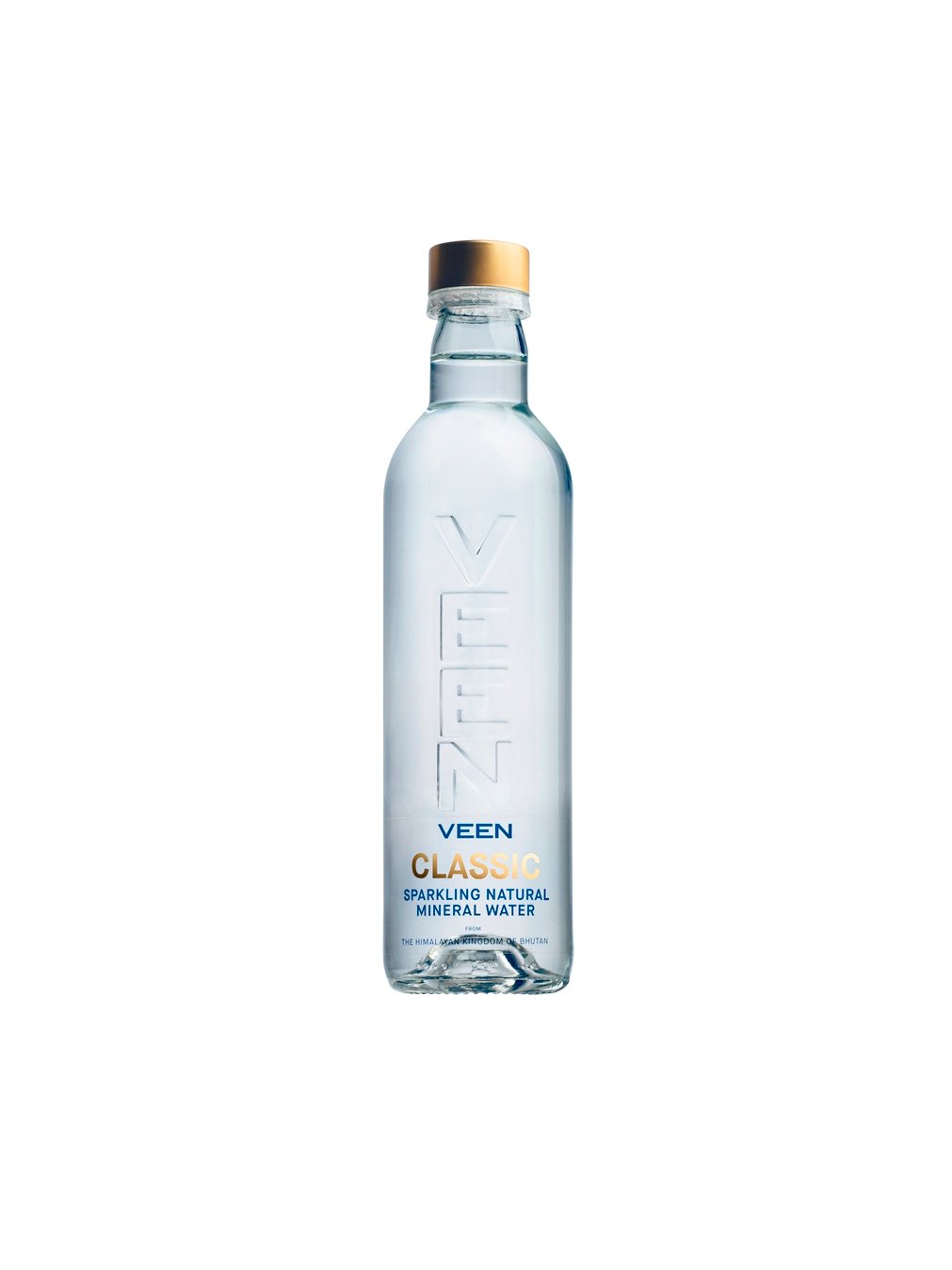
In comparison to packaged drinking water what is the greenhouse gas footprint of bottled water?
As we all know, it takes at least two litres of water to produce one litre of packaged drinking water, whereas genuine mineral water requires only one tenth. In the case of VEEN, we get our water from Bhutan, which is the world’s first and only carbon-negative country, as well as one of the few countries with a water surplus.
Some of your favourite water recommendations? Any particular brand of water you’re enjoying at the moment?
Fine Waters as a category is as diverse as it gets because each of the fine waters represents a unique brand, making it difficult to single out any one particular brand. Apart from our home brand VEEN, I am quite impressed with Svalbardi from the Svalbard Region. It is award-winning, low-mineral, high-purity Artic iceberg water.
Ferrarelle, a naturally carbonated water with low and delicate bubbles from Teano, a town in the region of Campania in southern Italy, is another personal favourite of mine. It has the finest of both worlds of still and sparkling, so much so that they launched a campaign called Still, Sparkling, or Ferrarelle.

